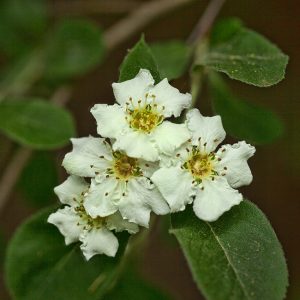 Stern's Medlar Flowers
Stern's Medlar Flowers
Entry Type: Thing
 Stern's Medlar Flowers
Stern's Medlar Flowers
Stern’s Medlar
aka: Crataegus × Canescens
aka: Mespilus canescens
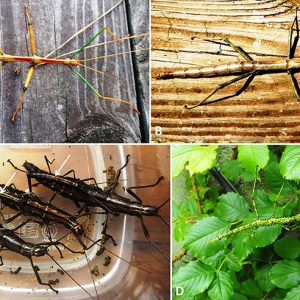 Stick Insects
Stick Insects
Stone Cold
Stone County Courthouse
 Stone County Map
Stone County Map
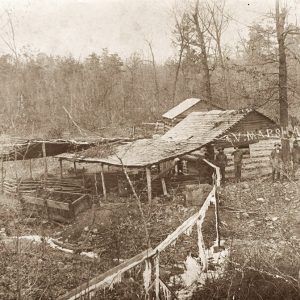 Stone County Still
Stone County Still
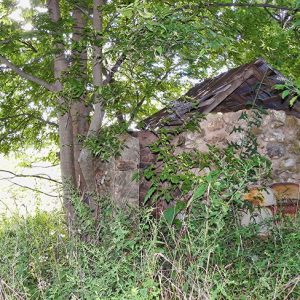 Stone Outhouse
Stone Outhouse
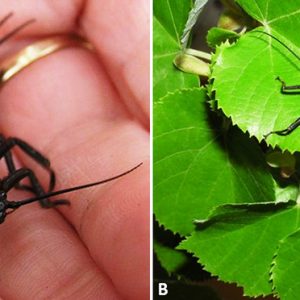 Stoneflies
Stoneflies
 Stoneflies
Stoneflies
Stoneflies
 STOP Ads
STOP Ads
 STOP Ad
STOP Ad
 STOP Ad
STOP Ad
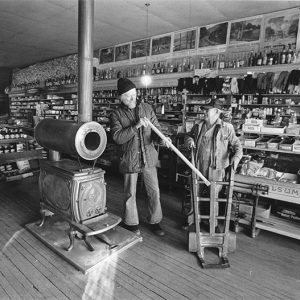 Store Interior
Store Interior
 William Stout Grave
William Stout Grave
 William Stout Grave - Restored
William Stout Grave - Restored
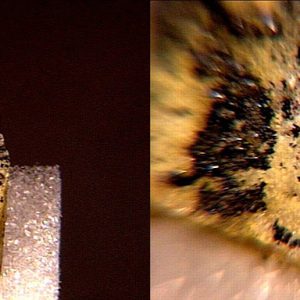 Straczekite
Straczekite
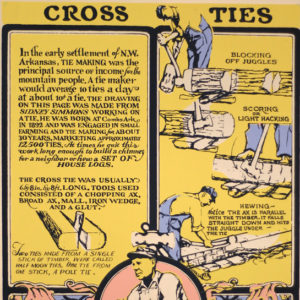 M. E. Oliver's Strange Scenes in the Ozarks
M. E. Oliver's Strange Scenes in the Ozarks
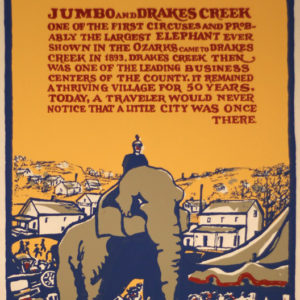 Strange Scenes in the Ozarks by M. E. Oliver
Strange Scenes in the Ozarks by M. E. Oliver
Strauss House
Strawberry Industry
Strawberry River
Streetcar Segregation Act of 1903
 Streetcar Segregation Act of 1903
Streetcar Segregation Act of 1903
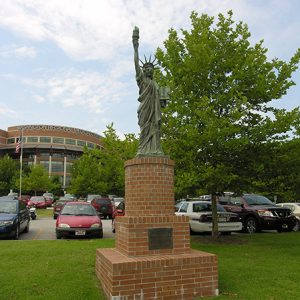 Strengthen the Arm of Liberty Monument
Strengthen the Arm of Liberty Monument
Strengthen the Arm of Liberty Monuments
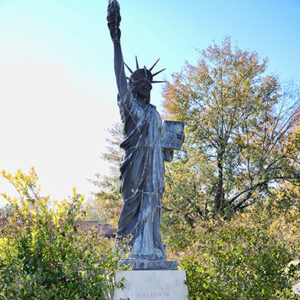 Strengthen the Arm of Liberty Monument
Strengthen the Arm of Liberty Monument
 Strengthen the Arm of Liberty Monument:
Strengthen the Arm of Liberty Monument:
Strepsiptera
aka: Twisted Wing Parasites
aka: The Stylops
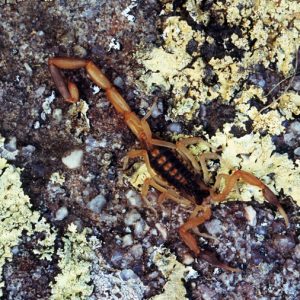 Striped Bark Scorpion
Striped Bark Scorpion
Striped Bark Scorpions
aka: Centruroides vittatus
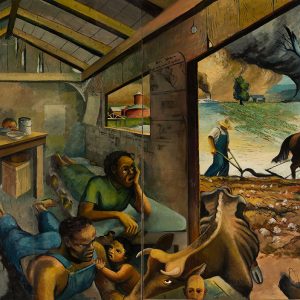 Struggle in the South
Struggle in the South
Struggle in the South, The [Mural]
Stump Saw
Sturgeons
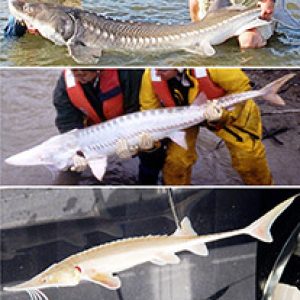 Sturgeons
Sturgeons
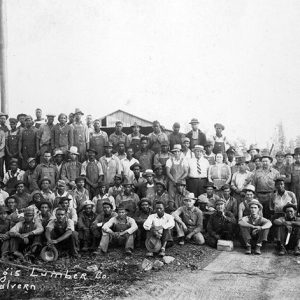 Sturgis Lumber Company
Sturgis Lumber Company
 Stuttgart Army Air Field Brochure
Stuttgart Army Air Field Brochure
 Stuttgart Rice Field
Stuttgart Rice Field
 STS Advertisement
STS Advertisement
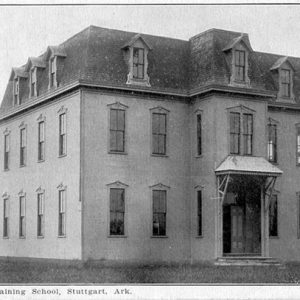 STS Postcard
STS Postcard
 STS Report Card
STS Report Card
Stuttgart Training School
aka: Stuttgart College
aka: Stuttgart Normal School
Suckers
aka: Catostomid Fishes
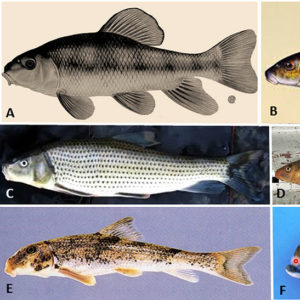 Suckers of Arkansas
Suckers of Arkansas
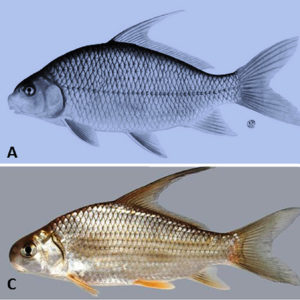 Suckers of Arkansas
Suckers of Arkansas
 Suckers of Arkansas
Suckers of Arkansas
 Suckers of Arkansas
Suckers of Arkansas
 Suffrage Article
Suffrage Article




